The Indian subcontinent has been a unique place for development for several horse breeds. The horses that have come from this area each have unique traits, tend to have high endurance levels, and have distinct looks. Many Indian horse breeds are classified as rare, endangered, or at risk in some other way.
Available Indian Horse Breeds
Horses play a vital role in the Indian rural economy. Indian farmers use horses in their agricultural fields for plowing, carrying goods, transportation, and riding. Indian horses are also an essential part of their culture and beliefs. Few horse breeds are thought to be originated in this big country.
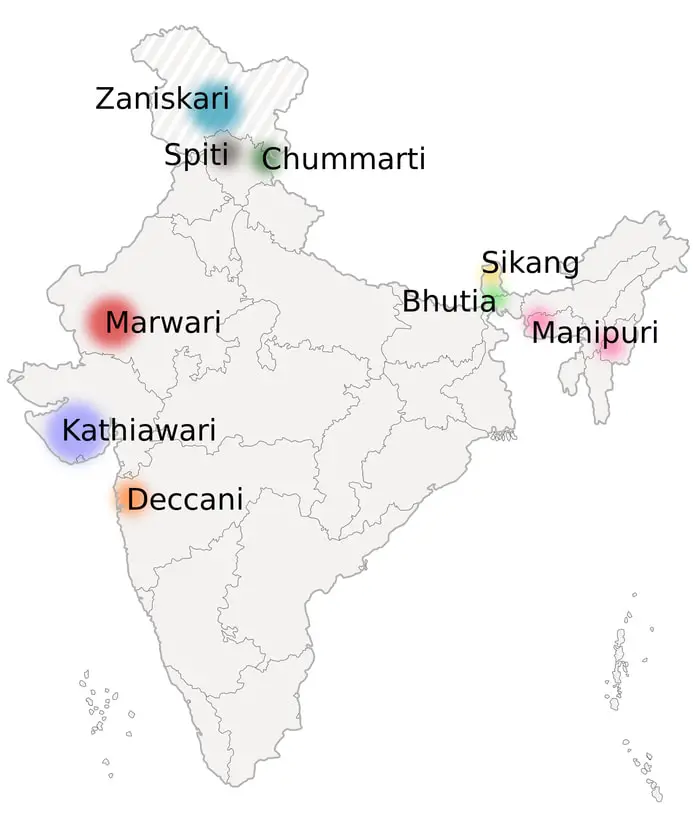
1. Indian Horse Breed: Marwari
The Marwari horse breed is unique because of its inwardly turned ears. The horse originated from the Kathiawar region of Gujrat. The horse has an ambling gait and an extensive level of hardiness. It is believed that Marwari horses are the oldest breed and have been bred since the beginning of the 12th century with a strict standard of lineage. Marwari horses have been restricted from export from India since 1930 when the breed almost disappeared completely.
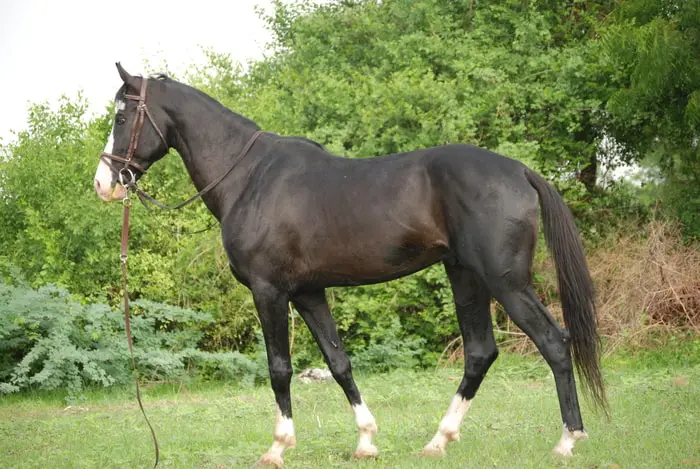
A combination of inferior breeding methods and lack of oversight created a severe shortage. Since 2008, however, some small number of visas have temporarily allowed Marwari to travel outside of India. Grey horses tend to be most prized in this breed, though they can be almost any coat color. The predominant body color is brown, whereas other body colors are chestnut, white, roan, and black with white patches. The Marwari Horses are 152-165 cm in height.
2. Kathiawari Horse of India
Kathiawari horse is named after the place of origin of the Kathiawar peninsula of Western India. The horse is closely related to Marwari horses, which originated in the same region. The horse was initially considered the desert warhorse. The staminal of the horse is world-class, able to handle rough terrain, hot temperatures, and long distances with minimal amounts of food.
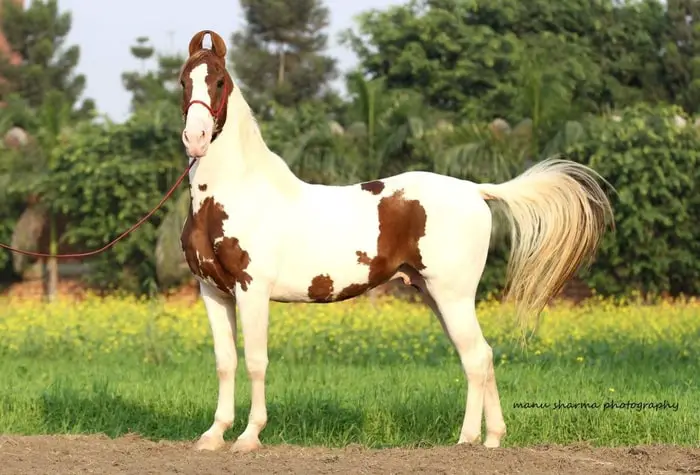
The history of Kathiawari horses is unknown. As early as 1600 AD, the horses were known to be indigenous horses on this peninsula. Conquerors bringing the Arab horses that crossbred with the local horses may have created the foundation for the breed, which was then coped up locally to adapt to the harsh climate.
The physical characteristics of Kathiawari horses are concave profile, long neck, short legs, and squared quarters. The average height of the horse is 60-62 inches (15 to 15.2 hands). The most prominent body color is chestnut, followed by the bay, grey, and dun. The face is dry and short, triangular from pale to forehead, and small muzzle, big nostrils, edges of the nostril are thin, small, delicate, and carved upright ears on the 90 axes that can rotate 180, broad forehead, and large expressive sensitive eyes.
3. Bhutia Pony of India
This Indian breed of horse originated in Sikkim and Darjeeling. These northern horse breeds are like Mongolian or Tibetian horse breeds. They tend to be smaller in height and prefer to live in the mountains. Most of the horses have a coat that is bay or grey. Their native climate has created an inherent toughness within this horse that is difficult to find elsewhere.
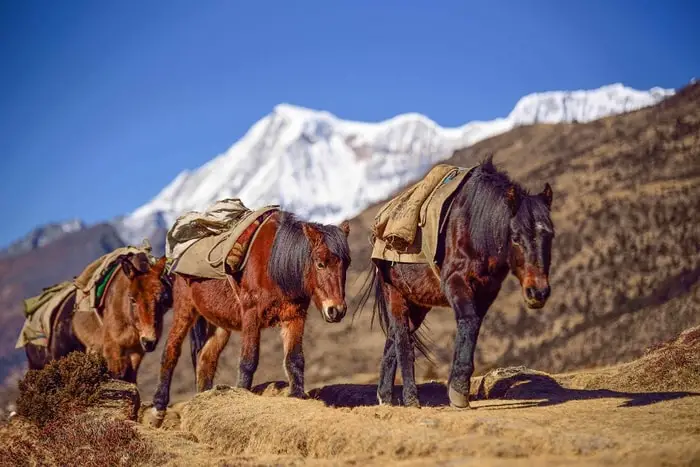
They adapt to changing climatic conditions quite well and are sure-footed as a breed. Bhutia horses tend to have shorter legs than average but above average in strength, which helps them with changing mountain conditions. Most horses tend to be between 12-13.2 hands, though some can be a little taller. The horse has a deep chest, the back and shoulder are straight, and the tail is well set.
4. Manipuri Pony of India
Although the exact origin of the Manipuri Horse Breed is a matter of debate, it is the oldest breed that was developed in India. First noted in the late 1600 AD, the most agreed-upon history of this breed is the combination of Arabian and wild horses or Tibetian ponies. Manipuri ponies are calm under extreme pressure and develop skills to move at high speed. This made them be used in the 17th century as warhorses. Their ability to athleticism made them become the demandable horse for polo in the United Kingdom beginning in the 19th century. These are the tasks that are typically asked of this breed today.
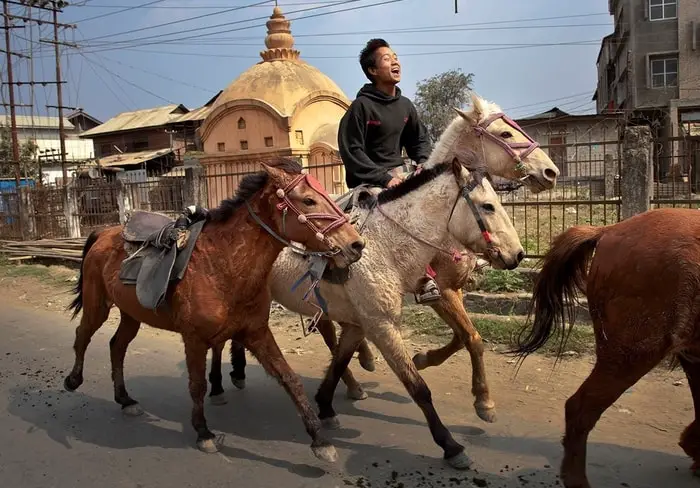
With sloping shoulders, pronounced withers, and a more bottomless chest, most Manipuri ponies stand 11-13 hands (44 to 52 inches) high. The most common color of the horse is bay in, but chestnut, grey, or even pinto coats have been seen within this breed. Because of their shorter height, a shorter meller must be used by polo players when riding this breed for an event. It is a matter of attention that the number of Manipuri has decreased drastically. As per the latest data, the population of Manipuri ponies is around 2300 only.
5. Indian Horse Breed: Spiti
Indian horse breed Spiti originated in Himachal Province is primarily a mountain-based breed. Though not classified as being at risk, it is an endangered breed with an estimated 4,000 horses for its population. Part of this limited number is the traditional breeding methods in its home area around the Spiti river. A group of villagers will keep their male and female horses separate from each other. One stallion is used for breeding all the mares each year. A different stallion is then used in the next year until a full rotation is achieved.
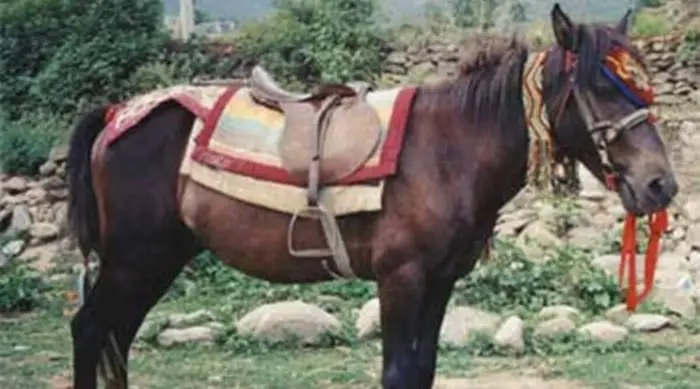
Although it is the horse of a mountain, it does not handle high altitudes well. It does, however, have good stamina and is very resilient to a colder environment. It is often used as a carrier animal, pack animal, though some use Spiti horses for riding as well. The Spiti ponies have two strains; Spiti pure and Konimare. The Konimare ponies are comparatively taller. The predominant body color is grey, followed by black,black-fley bone, brown, and bay. The legs are thick and covered with long coarse hairs. The horses are nervous in temperament. The Spiti horses have an average 97 cm body length, 127 cm height, and 150 cm paunch girth.
6. Zanskar/ Zaniskari Horse of Kargil, India
This is another small horse breed of the mountain that comes from the Northern part of India. Zaniskari originates from the Zanskar valley in Kargil and similar Spiti horses. The primary difference between the Zanskar and Spiti horses is that the Zanskari horses adapt better to higher altitudes.
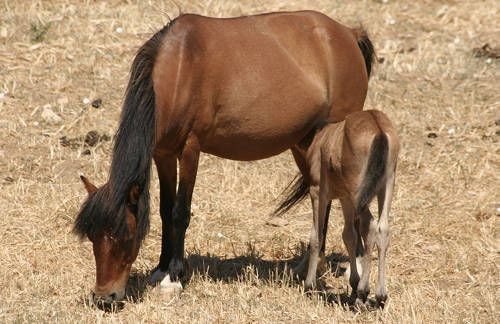
7. Indian Horse: Chummarti
Chummarti horses originated in the Chummarti valley of Tibet and were found in the Himachal Pradesh of India. The horse is similar to Spiti horses and used almost the same purposes. The horse is comparatively more miniature, and the maximum height of the horse is 13 hands (52 inches). The horse is well-muscled, and the bone structure of the horse is solid. The horse is well-suited in the cold temperature of the Himalayan mountain area. The Chummarti horse breed also has five distinct gaits.
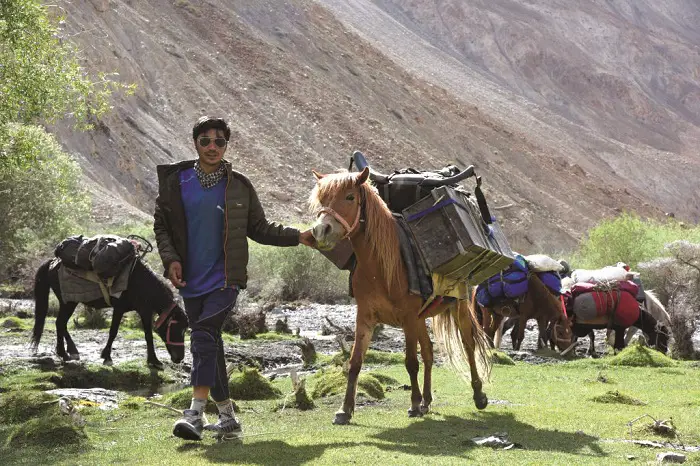
8. Deccani/ Bhimthadi Horse of India
Deccani horse is a local horse breed of India that originated in the Deccan Plateau of India. The horse is not a well recognized Indian horse breed though some called them a breed. The horse was used for local agricultural works, carriage goods, riding for kids, and minor works. They are also kept as a family animals and taken care of by women and children.
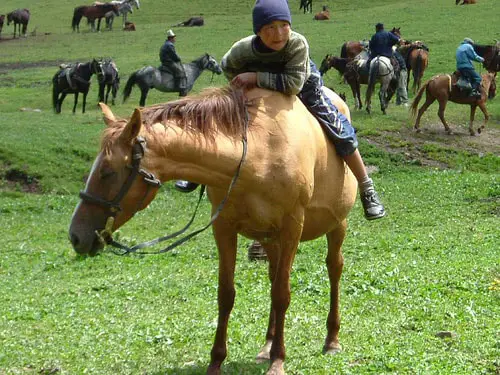
9. Sikang Horse of India
The Sikang is not an Indian horse breed. There is an exciting history behind the development of this horse breed as an Indian. During WW II, American troops moved to Sikang, Himachal Pradesh, with 2000 horses to carry their equipment and Cavellery. Many horses did not complete the journey, and the US forces left the horses. The local people took the horses and bred with local horses. The horses are like the Mustang horses of the United States of America.
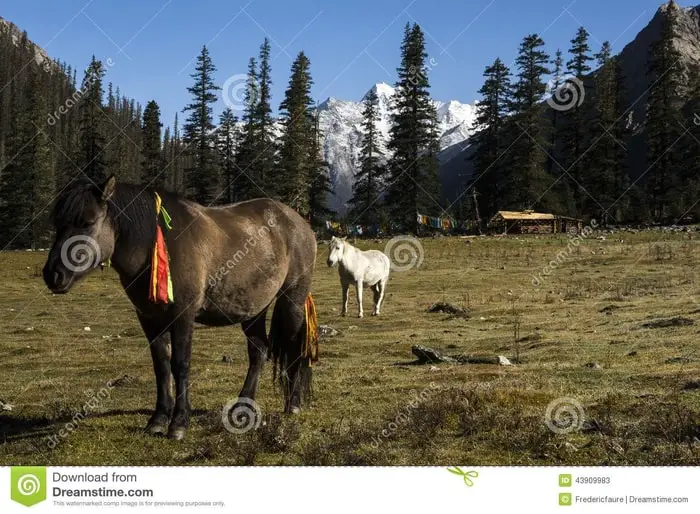
Concluding Remarks on Indian Horse Breeds
India is the hub of many horse breeds of the world. Equestrian sports and competition are part of many Indian cultures. Moreover, horses play a vital role in the development of the present Indian economy. Pure horse breeds are not found in this region like Europe or Asia. The standard Indian horse breed that is thought to be originated in this region I have mentioned in my article.